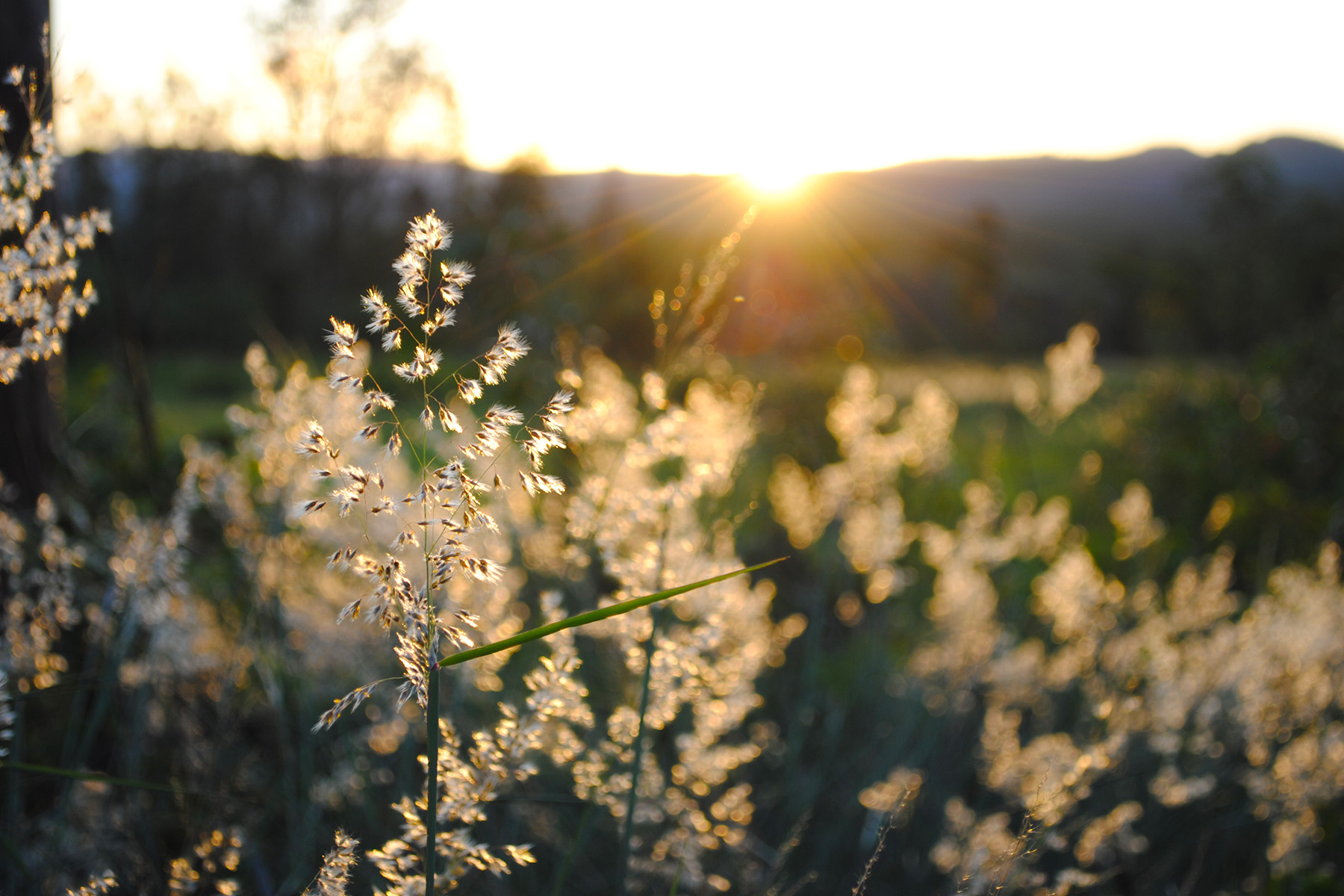
Joash Crawford
Health Benefits of Green Space
Research Highlights
Part of urban planning has traditionally involved the inclusion of parks and open space. This is valuable for providing space for recreation, as well as improving the visual appeal of any area & fulfilling other pragmatic intentions – e.g. reducing water run-off, filtering the air, mitigating heat build-up from hard surfaces, enabling community and/or wildlife ‘corridors’ etc.
However, green spaces and human interaction with nature does much more, with recent research consistently highlighting the physical, psychological and overall health benefits to be gained from people interacting with natural environments. While it is not fully clear why this occurs, primary research and systematic literature reviews reveal “that knowing and experiencing nature makes us generally happier, healthier people” (Russell et al., 2013, p. 473).
How and why this occurs is still under debate but recent studies have confirmed that:
- Being close to greenspace can reduce levels of stress (Thompson et al., 2012) and symptoms of depression and anxiety (Beyer et al., 2014; Pearson & Craig, 2014)
- Interaction with nature can improve cognition for children with attention deficits (Taylor & Kuo, 2009)
- The experience of greenspace in and around schools can lead to an improvement in cognitive development in children (Dadvand et al., 2015)
- Compared to walking or running in ‘synthetic environments’, doing so in green spaces can lead to less anger and fatigue, and increase attention levels (Bowler et al, 2010)
- Even just a 15 minute walk in nature causes measurable changes in physiology creating a relaxation jackpot (less of the stress hormone cortisol, drop in blood pressure, drop in heart rate) (Miyazaki et al., 2011).
Importantly research is also reminding us that the less green in a person’s surroundings, “the higher the risk of morbidity and mortality” (Kuo, 2015, p. 1). This leads to suggestions for the development of public policy to implement greater green spaces that include plants and moving water. These don’t just make people feel good through their aesthetic appeal, but contribute to improved health through:
- enhancing immune functioning,
- providing an inexpensive intervention to improve cognitive functioning and health,
- encouraging people to do more physical activity,
- encouraging greater positive social interactions, and
- potentially contributing to enhanced property values and improved life expectancy
(Refer e.g. Bowler et al, 2010; Kuo, 2015; Selhub & Logan, 2012).
Beyer, K., Kaltenbach, A., Szabo, A., Bogar, S., Nieto, F., Malecki, K. (2014). Exposure to neighbourhood green space and mental health: Evidence from the survey of the health of Wisconsin. International Journal of Environment Res. Public Health, 11, pp 3453-3472.
Bowler, D., Buyung-Ali, L., Knight, T., Pullin, A., (2010). ‘A systematic review of evidence for the added benefits to health of exposure to natural environments’. BMC Public Health, 10 (456).
Davdand, P. et al. (2015). ‘Green spaces and cognitive development in primary schoolchildren’. Proceeds of the National Academy of Sciences, May 2015, 112 (26).
Kuo, M. (2015). How might contact with nature promote human health? Promising mechanisms and a possible central pathway. Frontiers in Psychology, 6, Art. 1093.
Miyazaki, Y., Lee, J., Park, B., Tsunetsugu, Y., Matsunaga, K. (2011). Preventive medical effects of nature therapy. Nihon Eiseiqaku Zasshi, 66 (4), 651-656.
Pearson, D., & Craig, T. (2014). The great outdoors? Exploring the mental health benefits of natural environments. Frontiers in Psychology, 5, Article 1178.
Russell, R., Guerry, A., Balvanera, P., Gould, R., Basurto, X., Chan, K., Klain, S., Levine, J., Tam, J. (2013). ‘Humans and Nature: How Knowing and Experiencing Nature Affect Well-Being’. Annual Review of Environment and Resources, 38, pp. 473-502.
Selhub, E., & Logan, A. (2012). Your brain on nature: The science of nature’s influence on your health, happiness and vitality. Wiley.
Taylor, A., & Kuo, F. (2009). Children with attention deficits concentrate better after walk in the park. Journal of Attention Disorder, 12, pp. 402-409.
Thompson, C., Roe, J., Aspinall, P., Mitchell, R., Clow, A., Miller, D. (2012). More green space is linked to less stress in deprived communities: Evidence from salivary cortisol patterns. Landscape Urban Planning, 105, pp 221-229.


